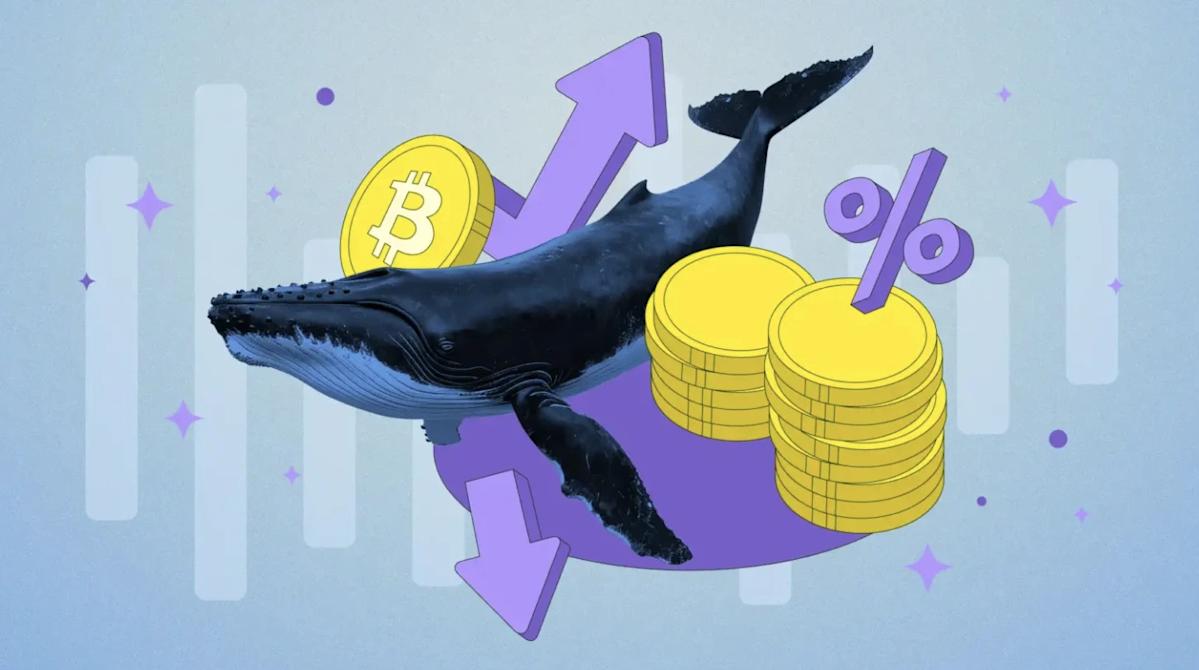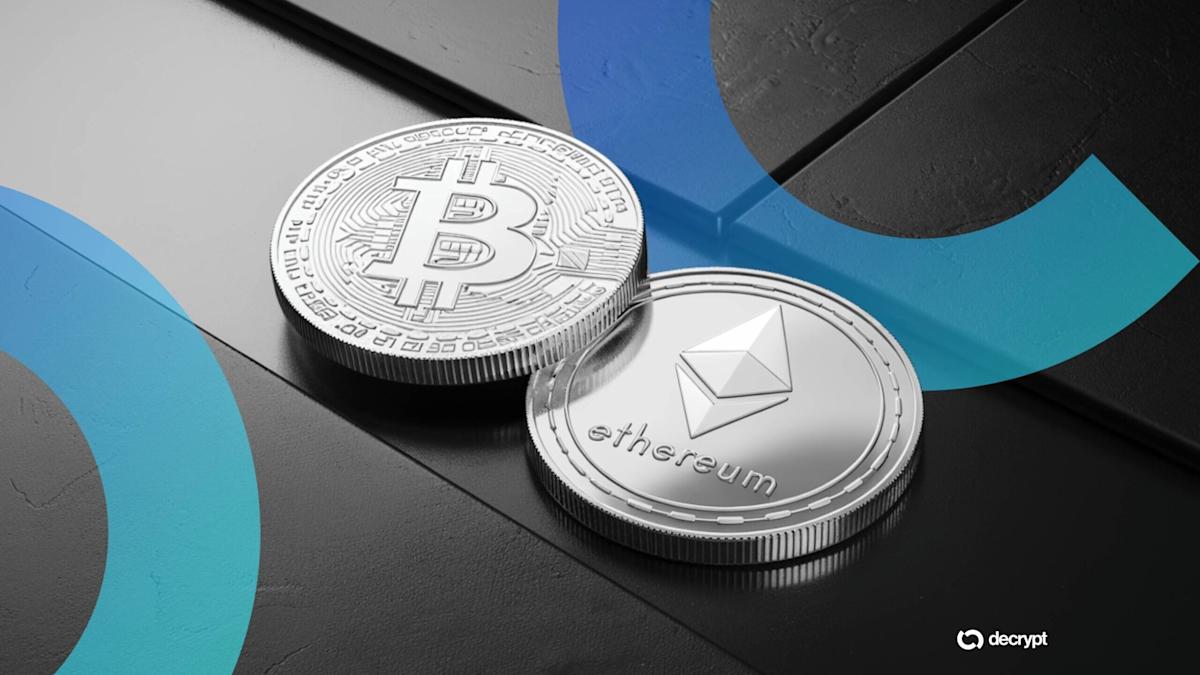Key takeaways
-
Altcoin ETFs made their long-awaited debut, led by HBAR, Litecoin and Solana.
-
Despite the hype, early trading shows little investor enthusiasm or liquidity.
-
Bitcoin remains the benchmark for institutional trust and market depth.
-
Without BlackRock’s participation, altcoin ETFs could only capture 20-40% of Bitcoin flows.
When the SEC approved the first Bitcoin (BTC) spot ETFs At the start of 2024, this marked the dawn of a new financial era.
For the first time, Wall Street institutions could legally and directly gain exposure to crypto’s largest asset. Billions poured in. Records have been broken. Bitcoin has soared.
Fast forward to late 2025, and the script looks set for a sequel – this time with altcoins.
THE The SEC has eased the way for altcoin-based ETFs, paving the way for funds linked to Solana (SOL), XRP, Litecoin (LTC) and Hedera (HBAR).
Optimism was there: more than 90 applications for spot altcoin ETFs are currently under review by the SEC, and the market was abuzz with a new wave of institutional inflows.
But when the first funds were finally launched at the end of October, the reception was – so to speak – muted.
On October 29, Canary Capital launched the first US spot ETFs for Litecoin and HBAR.
The debut, however, was met with a collective shrug from investors.
The numbers speak for themselves: zero entries on the first trading day.
The Litecoin ETF managed around $1 million in volume, HBAR only $8 million.
Even more we talk about it Bitwise Solana Staking ETF (BSOL)which launched a day earlier, barely reached $55 million in volume – respectable, but far from groundbreaking.
As a reminder, Bitcoin ETFs recorded volume of $4.6 billion on day one, when they launched in January.
As of October 2025, they have amassed a total of $129 billion in assets, with nearly $63 billion in cumulative inflows.
This is the gulf that altcoin ETFs are looking at.
To understand why altcoin ETFs are struggling, you need to start with Bitcoin.
Bitcoin is much more than the first cryptocurrency; it’s the only one that institutions really trust.
Bitcoin’s market cap of $2.22 trillion dwarfs the combined $1.63 trillion value of all altcoins, which represent just 42% of the total crypto market cap.
Institutions view Bitcoin as “digital gold” – a rare, decentralized, censorship-resistant store of value.
It’s also the only crypto with over a decade of futures market oversight, giving regulators and traders the data confidence they crave.
Altcoins, on the other hand, are still considered high-beta speculative assets linked to short-term narratives like DeFi, games or memes.










